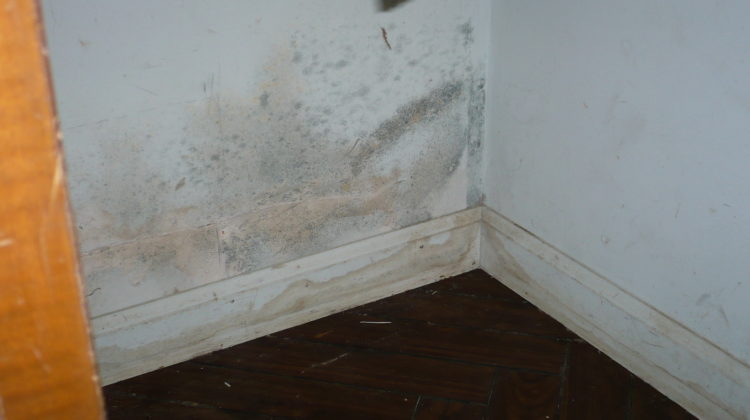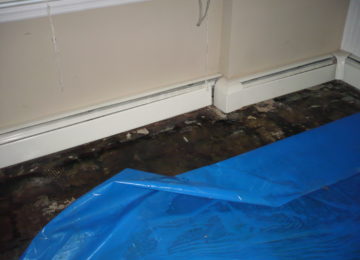It’s true — dehumidifiers can solve a wide variety of problems in an indoor environment, but do they have the power to fight back against mold and restrict this pesky fungus from growing and infiltrating your space?
In over 20 years of being involved with building sciences, mold, and environmental triggers, I have found that too many people only believe a water event is a pipe break or water coming into their home from a storm event or back-up. What most don’t realize is most water events here in the Tri-State region are due to high humidity and condensation issues. However, high humidity and condensation issues can be remedied with proper climate control and insulation techniques. Basements and crawlspaces generally feed the air into the home due to the “stack effect.” So, if you have a musty mold contaminated environment below, it generally will cross contaminate the levels above. Not ideal!
According to research, dehumidifiers can help to control the high humidity levels which promote the growth of mold. While they can’t banish mold spores from your home entirely, or kill mold, they can work to prevent the creation of the correct environment for it to grow in. So, the use of a dehumidifier can help keep you and your family safe.
According to the CDC, mold issues in homes is a very common problem. If humidity levels are too high (at or above 60%), mold will grow in places with damp, humid and wet conditions, such as a basement, bathroom, or kitchen. Mold will grow in places with a lot of moisture, such as crawlspaces, around leaks in roofs, windows, or pipes, or where there has been flooding. Mold grows well on paper products, cardboard, ceiling tiles, and wood products. It also grows in dust, paints, wallpaper, insulation, drywall, carpet, fabric, and upholstery. The most common indoor molds are Cladosporium, Penicillium, and Aspergillus. When you turn to New York Indoor Air Quality Solutions, you get mold protection for your home or business.
So, Can a Dehumidifier Actually Help with a Mold Problem?
But how will you be able to tell if a dehumidifier is helping with your mold problem? And how do they work? Let’s take a quick look at how a dehumidifier can actually help with a mold problem. And learn the extent of its benefits.
When you use a dehumidifier, it is impossible to eliminate all mold and mold spores in the indoor environment. Mold is ubiquitous. However, excessive mold growth can be restricted by controlling moisture indoors. Residents should consider using a dehumidifier in homes and rooms with high humidity. A dehumidifier helps remove that excess moisture from the air. Dehumidifiers should be placed in the room or rooms with the highest humidity. The target range for indoor humidity in any room is 40% to 50%.”
However, it must be noted: If you already have mold growing, a dehumidifier will not remove it. That’s because mildew and mold will develop within 24-48 hours of water exposure. The mold growth will continue until steps are taken to eliminate the source of moisture and effectively deal with the mold problem.
Therefore, if mold growth is already visible or you smell it, you should find and fix the water problem that caused the mold. If the area impacted is greater than 10 square feet, then you will need a professional to handle the mold removal. You want to make sure the area is clean of the mold problem moving forward.
Dehumidifiers work by removing water moisture from the air, but as noted they do not remove the mold. Once the room is clean, use a dehumidifier to ensure further protection from mold growth. The use of a dehumidifier helps to improve indoor air quality in a given room, which in turn reduces the likelihood that mold, bacteria, and fungi can take up residence, as they prefer moist environments for growth.
Contact New York Indoor Air Quality Solutions Today
If you think you have a mold problem, do not hesitate to reach out to our team today. A mold inspection can identify where the mold issue is and how extensive it is. Once we know the extent of the problem, we can come up with a solution. We have years of experience working on Long Island, New York. Get professional mold services from the East End of Long Island and the Hamptons to Suffolk and Nassau County.




